As autumn spreads its colorful leaves across Japan, people in the Tohoku region often turn to a warm, filling dish called Imonoko Jiru. This isn’t just any soup. It brings comfort, celebrates the harvest, and brings people together. It’s a meal that fills the stomach and the heart. Let’s look at what makes Imonoko Jiru so special—from where it came from to why it’s still a favorite during the fall season.
What Is Imonoko Jiru?
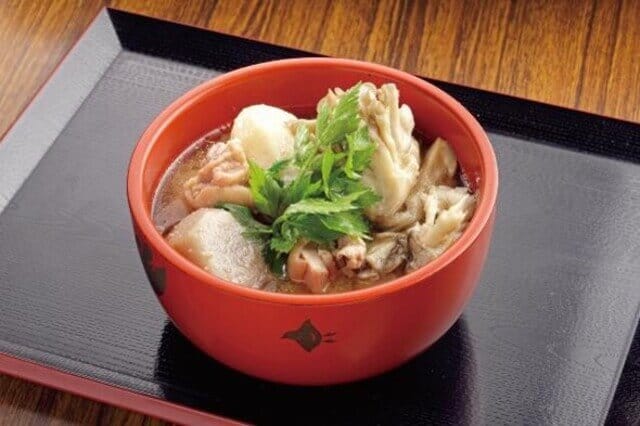
Imonoko Jiru is a traditional Japanese soup that people usually make in a hot pot. Its main ingredient is taro, known in Japan as satoimo. The word imonoko refers to the smaller, tender taro roots—often thought of as the “children” or “grandchildren” of the main root. These pieces of taro are the highlight of the dish. They have a soft, sticky texture and soak up the flavors of the broth, making them extra tasty.
Cooks usually add more than just taro. They often include pieces of chicken, mushrooms like shiitake and shimeji, and seasonal vegetables. All these ingredients simmer together, creating a rich, earthy broth that smells and tastes like autumn.
People across the Tohoku region enjoy Imonoko Jiru, but each area has its own take on the dish. In Iwate and Akita, for example, locals use different ingredients depending on what grows nearby. That gives each version its own unique taste.
Imonoko Jiru History

Deep Roots in Farming
Farmers in places like the Kitakami River basin in Iwate have grown taro for generations. The area’s soil helps the plant grow well. Long ago, villagers would cook Imonoko Jiru at the end of a long farming season—especially after harvesting rice. The soup gave them a warm, filling meal to enjoy together after weeks of hard work.
In southern Akita, families often made this soup during fall festivals and gatherings. It wasn’t just about eating—it was about celebrating the success of the harvest and spending time with loved ones.
Tradition That Lives On
Farmers in the Yamauchi region of Yokote City, Akita, have grown taro for over 270 years. That long history shows just how important this dish is to local life. Over time, people changed the recipe based on what they had on hand. Some used soy sauce for flavor, while others used miso. Some added pork instead of chicken. These changes made each family’s version of the soup a little different.
Today, people still pass down recipes and cooking methods from one generation to the next. Imonoko Jiru isn’t just food—it’s a family tradition that keeps culture alive.
Why It Still Matters
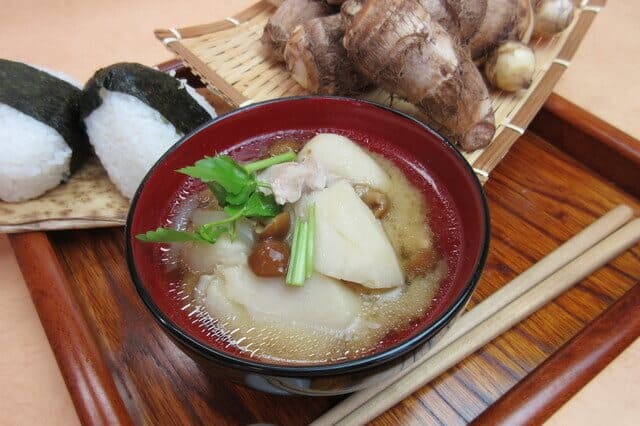
Imonoko Jiru stands for more than just a hot meal. It’s a sign of fall, a reminder of community, and a way to honor the land’s gifts. The taro root may be simple, but it brings big flavor and even bigger meaning. Whether people enjoy it during a festival or around a dinner table, the soup brings warmth and a sense of togetherness.
If you’ve ever tried Imonoko Jiru and loved it, you might want to explore more comforting Japanese dishes. Try Kiritanpo Nabe from northern Japan, Ishikari Nabe from Hokkaido with its rich seafood, or different versions of Ozoni, a traditional soup eaten during the New Year. All of these dishes share the same warm spirit and deep cultural roots.
FAQ
- What is Imonoko-jiru?
It is a traditional autumn hot pot from the Tohoku region, made with taro (satoimo), vegetables, and meat or fish simmered in a soy-based broth.
- Why is it called “Imonoko”?
“Imonoko” means “taro root” in the local dialect. The dish highlights freshly harvested taro in autumn.
- What does it taste like?
The taro gives the soup a creamy texture, while the broth is savory and comforting, making it perfect for chilly weather.
- Are there regional variations?
Yes—some areas use pork, others use river fish like carp, but taro is always the star ingredient.
- When is it eaten?
Mostly in autumn, often at outdoor gatherings called Imoni-kai, where friends and families cook the soup in big pots by the river.
- Where can I try it?
During autumn festivals and at local restaurants in Yamagata, Miyagi, and other Tohoku prefectures.

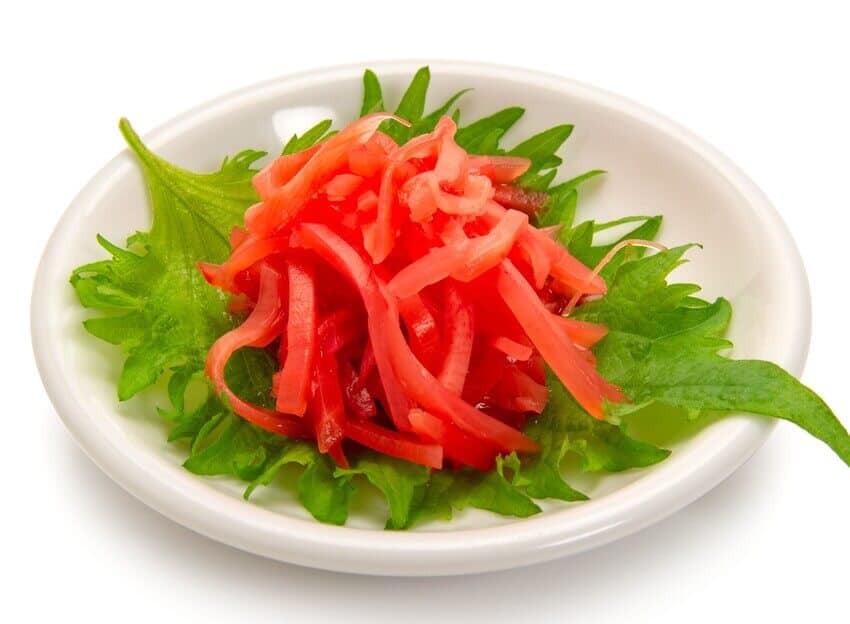

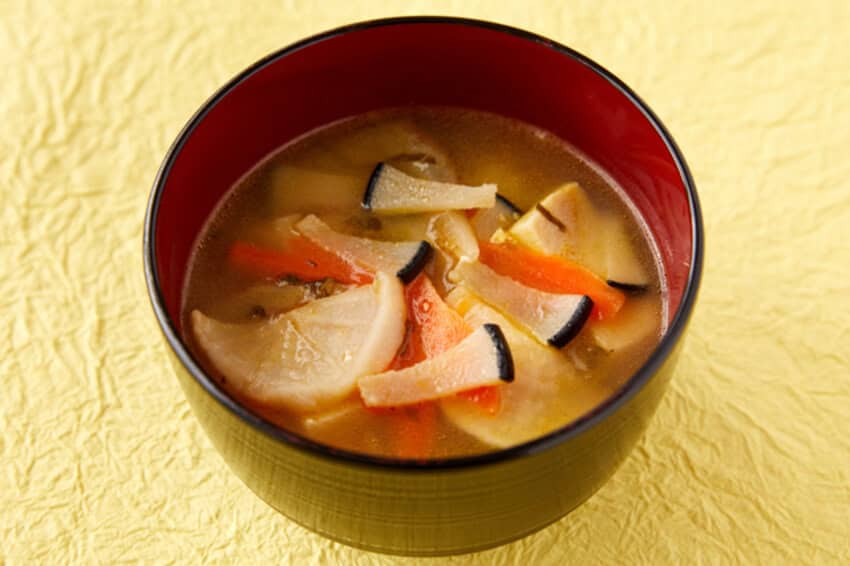


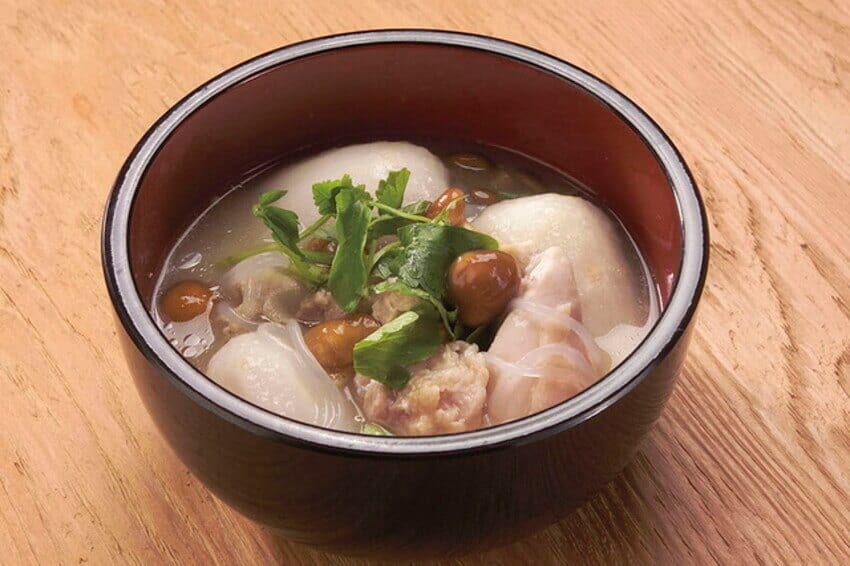
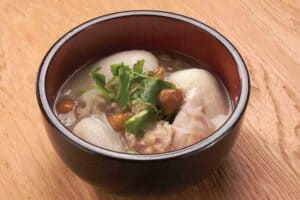

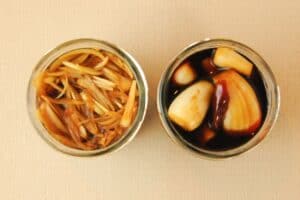

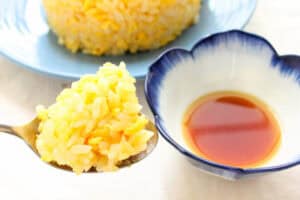

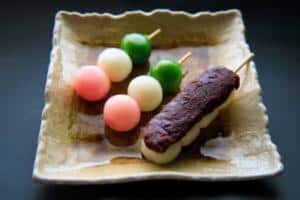
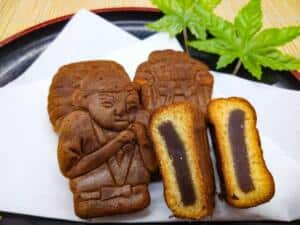
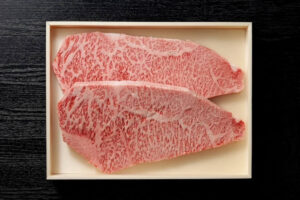
Comments